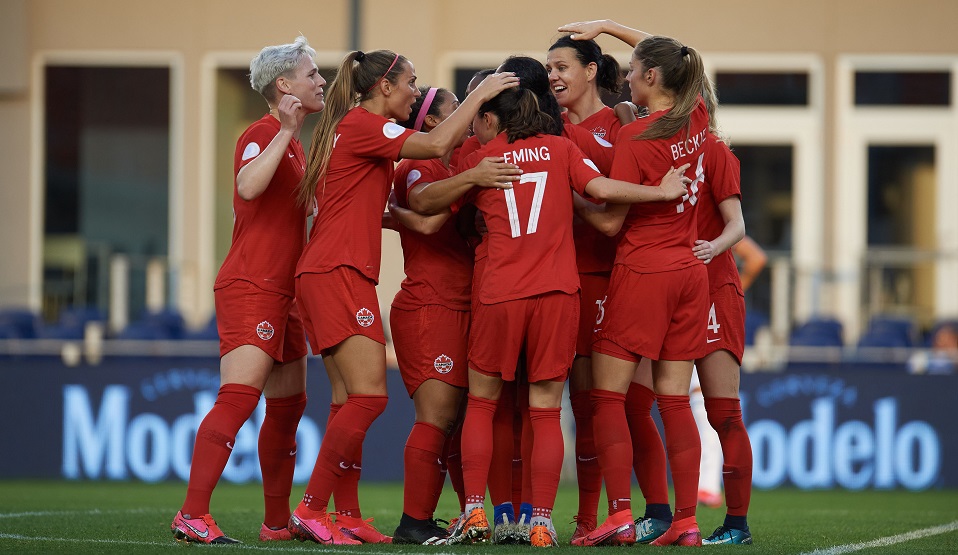The Canadian sport and physical activity community identifies topics for researchers to prioritize

Highlights Adoption in practice of research findings is often sub-optimal because of a disconnect between researchers and the individuals or groups overseeing and facilitating sport and physical activity participation. To help bridge the gap between sport and physical activity research activities and the needs of those best positioned to apply those findings, we conducted a…
Signals versus noise: Gender equity in Canadian sport

Highlights Signals = the truthNoise = what distracts us from the truth(Silver, 2015) The Government of Canada is committed to achieving gender equality in sport at every level by 2035. But where are we in achieving this goal? And how do we know where we are? The answers to these questions lie in the ability…
The E’s of sport injury prevention
The 3 E’s (Education, Enforcement and Engineering) of Injury Prevention offer a framework that can help guide the development of community-based, injury prevention programs and initiatives. Together, stakeholder education and training, preventative rules, policies, and regulations, and the development of products and technologies all contribute to a reduced injury risk.
Hitting the wall
All marathon runners know the feeling of “hitting the wall,” when their pace slows dramatically due to fatigue and depleted energy stores. In fact, new research finds that most runners hit the wall in the 33rd kilometer of a marathon, and that it is as much a psychological phenomenon as it is physiological. Being cheered…
Memory boost
Exercise is one way to prevent the age-related decline of memory. In fact, new research shows that aerobic exercise may enhance memory in previously inactive older adults, with the potential for high-intensity interval training (HIIT) to yield the greatest benefit.
Light physical activity benefits
ParticipACTION’s Report Card on Physical Activity for Adults states that 56% of adults living in Canada get at least 3 hours of light physical activity (LPA) each day. What is LPA and why does it matter? LPA is any activity that requires using up low levels of energy such as walking for leisure, standing work…
SIRC Match Grants
SIRC’s Researcher/Practitioner Match Grants are designed to support the implementation of research into practice through collaborations between sport organizations and researchers. Last year, researchers from the University of Waterloo partnered with the Township of Woolwich to pilot an 8-week co-participation swim program for mothers and daughters. Read about their findings in the SIRC blog.
Thriving in sport
Thriving is the joint experience of development and success. In sport, thriving is important for athlete well-being. Evidence-based strategies for coaches to facilitate thriving include placing athletes in challenging situations that promote learning, fostering a trusting environment, and encouraging bonds between teammates, coaches and other program staff.
Less is more: Programming interval training for endurance performance

More isn’t always better. This couldn’t be truer than when it comes to designing an interval training program geared to maximize endurance sport performance. At least that’s the conclusion of our most recent meta-analysis. This blog discusses findings from our recently published meta-analysis, which describes the effect of manipulating various interval training program characteristics (such…